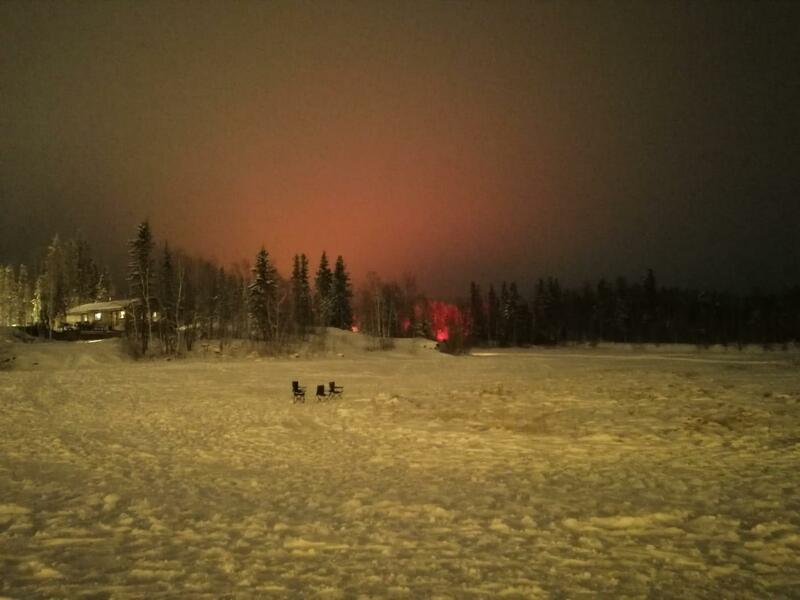The aurora borealis is an awe-inspiring natural wonder, with its captivating and ever-changing colors. In the night sky, it appears like a dynamic work of art, with interwoven hues that are as mesmerizing as cosmic fireworks.
Few months ago, sightings of the aurora borealis have been increasing. This increase in auroral activity can be attributed to various factors, including solar activity and the ongoing solar cycle.
Solar Activity: The recent increase in aurora sightings is due to increased solar activity. Coronal mass ejections and solar flares detected from the Sun have led to geomagnetic storms on Earth. These storms can generate electric currents in the Earth’s magnetic field, which then interact with oxygen and nitrogen particles in the atmosphere to produce the aurora.
Solar Cycle 25: The current Solar Cycle 25 began in December 2019. Over this 11-year cycle, the Sun will experience active periods, including the release of coronal mass ejections and solar flares. As we approach the solar activity maximum (expected to occur in mid-2024), the likelihood of more frequent and intense auroras will increase.

Impacts of the Aurora:
Visual Effects: The aurora is a breathtaking natural phenomenon that deeply captivates and fascinates people. Many make special trips to specific locations to witness the beauty of the northern lights. This provides a unique and awe-inspiring experience for those who are fortunate enough to see it.
However, solar activity and geomagnetic storms can also have some negative impacts on Earth, including communication disruptions: Geomagnetic storms can potentially damage communication systems. Radio frequencies may be absorbed or reflected, leading to signal fluctuations and unexpected propagation paths. This interference can affect both public and amateur radio communications. Grid instability: Particularly severe geomagnetic storms can cause voltage control issues, transformer damage, and even widespread blackouts. The power grid may experience widespread outages, affecting the electricity supply to homes, businesses, and critical infrastructure. Satellite and GPS navigation issues: Increased solar activity and geomagnetic storms can impact satellite operations and GPS navigation capabilities. Satellite navigation systems may experience degradation over a period of days, affecting aviation, maritime, and terrestrial navigation systems across various sectors.
The most common color of the aurora is green. This is the result of oxygen molecules in the upper atmosphere being excited by electrons. Green auroras typically appear at the lowest altitudes, often giving the impression of being close at hand.
In addition to green, the aurora can also appear in blue and purple hues. These colors originate from the luminescence of nitrogen molecules when excited by electrons. Blue auroras are usually observed at higher altitudes, while purple is most commonly seen in the uppermost layers. These different color distributions reflect the complex structure of the atmosphere.
Occasionally, the aurora may also display red and pink shades. These are produced by the excitation of hydrogen and oxygen molecules by high-energy electrons. Red auroras are typically found in the highest atmospheric layers and are the rarest and most mysterious color variations. In addition to the primary colors, the aurora can sometimes exhibit transitional shades of yellow, orange, and white.
The dynamic color changes of the aurora are not only visually captivating but also reflect the intricate chemical processes occurring in the upper atmosphere. This natural wonder is not only a spectacular sight but also a testament to humanity’s exploration of the mysteries of the cosmos.